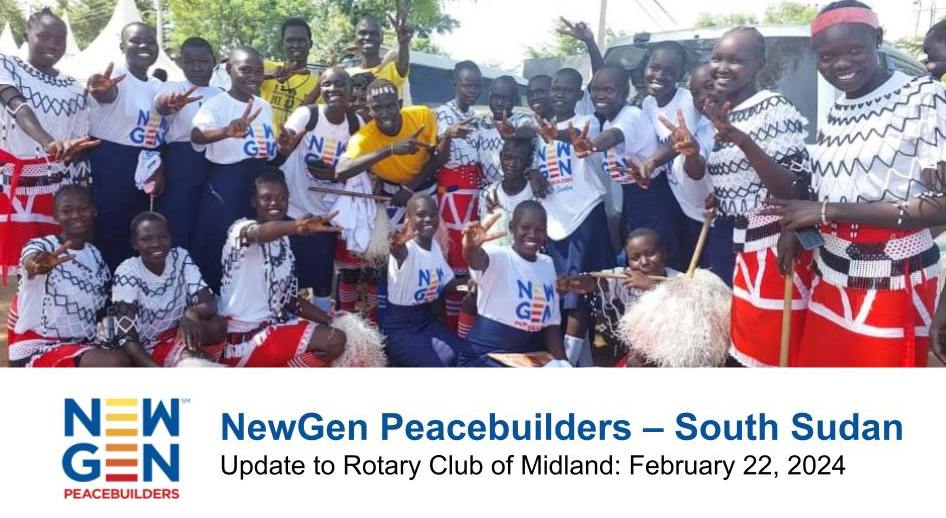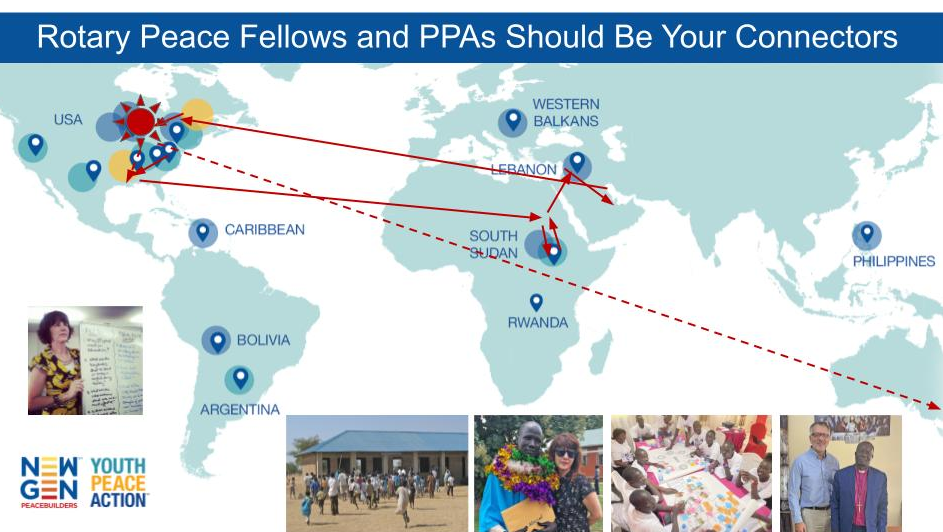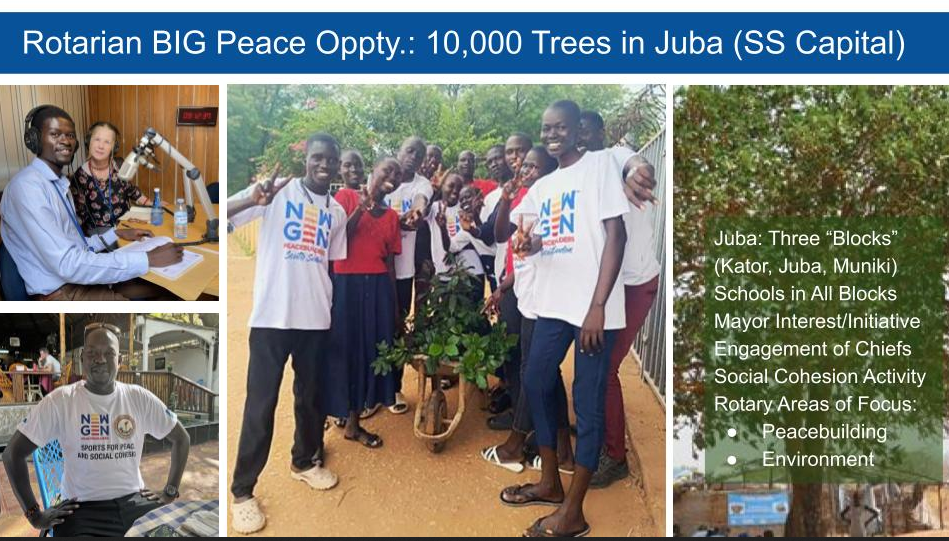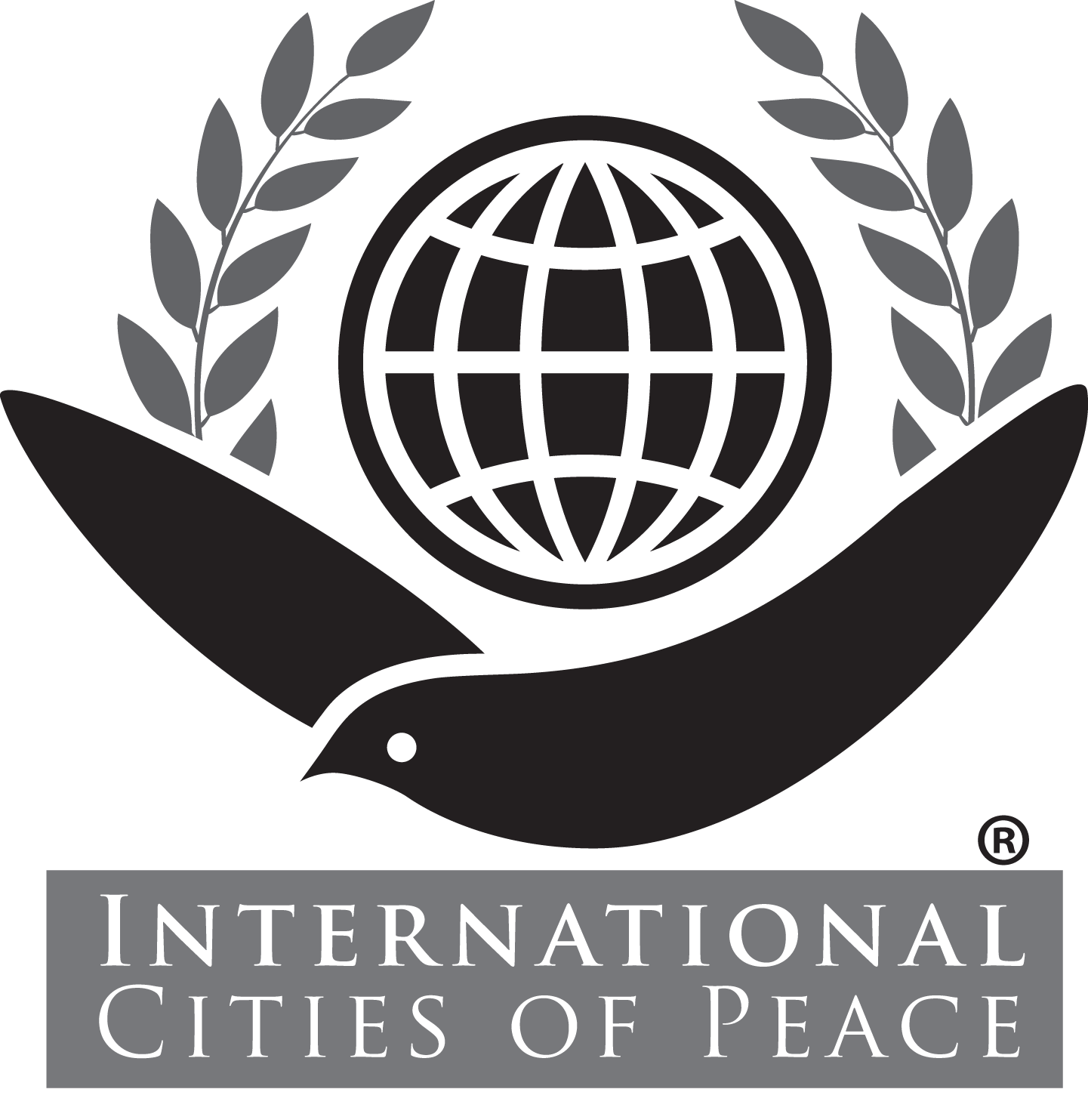|
Full Name of Contact
Gail Hoffman in collaboration with leadership in Juba
Contact Email
Title of Project
10,000 Trees for Peace
One to Two Sentence Program Vision
The people of Juba, South Sudan, will come together to learn about environmental peacebuilding, build relationships, and establish trust recognizing the interlinkages between conflict prevention, peacebuilding, and environmental sustainability.
Descriptions of Challenges
South Sudan, which became an independent country in 2011 with support from many groups and policy leaders in the US, faces serious environmental and peacebuilding challenges. The country suffers from deforestation for charcoal production and rapid urban sprawl without significant environmental remediation efforts. This has led to several adverse effects including rapidly rising temperatures that force periods of school closure, prolonged periods of flooding and drought, and community altercations between citizens and business owners over what little shaded area is present. Specifically, Juba, the capital and largest city in South Sudan, is experiencing the combined consequences of population influx and climate change (Cilliers et al. 2012; Ekamby and Mudu 2022). Additionally, despite a Comprehensive Peace Agreement (CPA) signed in 2005, South Sudan has faced two outbreaks described as “civil war” and tensions remain high between diverse groups. Conflicts are exacerbated by extreme events of heat, rain, and flooding.
Longer Project Description
PROJECT NEED:
The challenges that we are targeting with this project are first and foremost environmental.
According to the United Nations, countries in Africa will continue to have a significant increase in urban population, and this demographic shift places immense strain on the environment. The rapid expansion and demographic shifts lead to environmental degradation, including deforestation, loss of biodiversity, pollution, and a phenomenon known as “urban heat islands.”
Additionally, these urban areas are experiencing temperatures that are rising even faster than surrounding areas because of the loss (and non-replacement) of green spaces and specifically trees. Cities disproportionately feel these impacts due to a lack of resources to address the need for greening (Cilliers et al. 2012; Ekamby and Mudu 2022). For example, in Juba, during the period of the two community assessments in 2024, residents experienced a period of record-setting intense heat that led to school and business closures followed by a later period of flooding, housing damage, and closed roads during a historically destructive rainy season. In past decades, Juba would have been considered tropical and lush, and these effects would not have been felt in this way.
First Project Steps
PROJECT ACTIVITIES and DURATION:
The trees will be purchased from the Central Equatoria State Nursery in Juba – the first and largest nursery in South Sudan. This nursery is well-located for transport purposes and has more than 5,000 seedlings/saplings of each species identified for planting. It is not possible to put the project out to bid for sapling purchase because this is the only nursery of significant size and capacity in a position to co-manage the project. Prices are set by government policy and guidelines because the nursery is state-owned, so prices are essentially non-negotiable. Two periods have been chosen for planting:
Period One: February through April 2025 and Period Two: September through December 2025. These are most desirable due to moderate rainfall (not the dry or heavy rain seasons) and mildest temperatures. Half of the trees (4,950) will be planted during Period One, and the other half (4,950) will be planted during Period Two.
A review of the time periods covered, public holidays, and other factors has resulted in:● Identification of 12-13 planting days in Period One and 12-13 planting days in Period Two
● Planting days will occur on Saturdays to facilitate volunteer participation
● Specific groups will sign up to volunteer plant on specific days, and each planting day will
involve 30 to 45 participants working in three teams of 10 to 15 volunteers each
● The planting time will be “half-days” with each volunteer digging and planting
approximately 12 to 13 saplings
Decisions about tree species have been made with consultation from experts within the
University of Juba Department of Forestry based on community needs and compatibility with the surrounding environment. Chosen trees do well in the soil found in the area which is
predominantly sandy-loam to clay-loamy with a pH range of 6.5-7.5. Local experts say that
chosen species are tolerant to diseases and weather changes.
Who the Project Impacts
This proposal is for “10,000 Trees for Peace”- an innovative environmental peacebuilding project to serve an area known as Gudele West, a “boma” within the northwestern area of Juba, the capital of South Sudan. Although the city’s population know and refer to this area as Gudele West, it appears on official maps as Southern Gudele with an estimated population of 14,000 residents living and working in 2,800 households and small businesses. The Gudele West “boma” is further subdivided into four areas referred to locally as “blocks” (though they are large and not equivalent to the US concept of city and suburban blocks). It’s a diverse area with eight major tribes and South Sudanese returnees and immigrants from Uganda, Kenya, Rwanda, Nigeria, and Sudan. Residents include refugees and internally displaced peoples (IDPs) from past conflicts. Additionally, Juba’s most populated school and orphanage, called Straight Link, is located here.
Follow-up Phase II Steps
Three tree species that are considered “fast-growing” and “ideal for shade” will be planted in household yards and business/vendor settings. Additionally, on a select basis, trees that provide fruit including mango and papaya will be planted in protected spaces such as churches that can control/protect the fruit and either provide it to congregants or sell it in the market to support church and school activities.
ADDITIONAL DETAILS ABOUT THE PROJECT IMPLEMENTATION INCLUDE:
● All species are available at the Central Equatorial State Nursery in Juba.
● The nursery Executive Director has agreed to make special arrangements for transportation of the saplings the night before or morning of the plantings. (Typically, the nursery would be closed on Saturdays.)
● The nursery ED has agreed to two periods of three months each after the plantings to
support maintenance and sustainability of the plantings, including availability of a team
of ten employees specialized in this activity.
● The ED has also agreed to start growing early enough to be able to provide established
saplings larger than in the photos above to aid in faster growth and sustainability.
Supplemental check-ins on trees by Rotarians will provide additional “assurance”.
TWO TRAINING SESSIONS for community leaders and volunteers will be conducted by South
Sudanese team members of NewGen Peacebuilders in collaboration with representatives from the University of Juba School of Natural Resources, Central Equatoria State Nursery, and Ministry of Environment and Forestry. There will be five facilitators for each of the two trainings. Training prior to Period One will be conducted for three full days with the first day devoted to 100 community leaders and officials, and the second and third days devoted to planting best practices. All three days will incorporate understanding of “environmental peacebuilding,” frameworks such as the IEP Eight Pillars of Positive Peacebuilding, and dialogues about the end goals of environmental sustainability combined with social cohesion.
The process of community involvement in sustainability supported by the State nursery will be covered, including proper care of the trees. The sense of a common need and desire for trees can become a unifying movement and one catalyst for peaceful coexistence.
How We Measure Success
THREE TYPES OF MONITORING & EVALUATION WILL BE USED: All have been successfully used by NewGen Peacebuilders for nearly 10 years.
-One type of evaluation that will be used is an aspect of the KIRKPATRICK MODEL that accounts for results and impact: (1) How many people were trained and/or involved in the project activities, (2) how many people benefited, and (3) how many trees were planted, etc., in relation to the original goals.
-A second type of evaluation will be dialogue and reflection with participants on the degree to which they feel that certain aspects of the IEP Eight Pillars of Positive Peacebuilding (Low levels of corruption, Acceptance of rights of others, Free flow of information, Strong business environment, High levels of human capital, Equitable distribution of resources, Good relations with neighbors, and Well-functioning of government) have been addressed/improved.Questions to cover include:
● Did this project make you feel that the goal of a well-functioning government was enhanced/achieved? Did it help the government move toward the goal of planting 10 million trees and how?
● Did this project help increase good relations with neighbors in the community and demonstrate accepting the rights of others?
● Did this project increase equitable distribution of resources (trees across the community including across different tribes)?
● Did this project increase human capital? Have you learned something and does it make living easier?
-The third type of evaluation will be an adaptation of the Social Cohesion and Reconciliation (SCORE) Index. We are currently discussing with the Senior Director of Research for the Center for Sustainable Peace and Democratic Development and lead writer from the 2020 South Sudan Social Cohesion Report, Alexander Guest, how to adapt and integrate SCORE into the 10,000 Trees for Peace project in a way that measures the degree to which residents of Gudele West feel connected to and trusting of one another and of the government before the project begins and how they feel once it is done.
This is a vetted index that has been used by researchers to measure social cohesion and
reconciliation as two indicators of peace in multi-ethnic societies around the world and specifically throughout 96 different communities in South Sudan. This is a form of measurement that directly relates to whether “peace was built.” This will be the first time the index is applied to a project in the neighborhoods of the capital city of Juba.
Detailed PDF of Project
Community Photo 2
Community Photo 3
Description of Photos
1. NewGen Peacebuilders – South Sudan: Update to Rotary Club of Midland, Michigan: February 22, 2024
2. Rotary Peace Fellows and Positive Peace Activators Should Be Your Connectors
3. Rotarian BIG Peace Opportunity: 10,000 Trees in Juba
Final CommentThank you for the opportunity to showcase our peacebuilding work.
NOTE: The individual that filled out this application has testified that he/she will NOT use copyrighted information or photos for which they do not have permission. If information or photos used here are copyrighted, please contact us and we will immediately delete the copyrighted material. ® International Cities of Peace is a registered trademark of Cities of Peace, Inc. Trademarks include Inspire Peace™ and City-to-City Collaboration Program™. Safety, Prosperity, and Quality of Life: the Consensus Values of Peace (cc) by J. Frederick Arment is licensed under Creative Commons BY 4.0. To view a copy of this license, visit https://creativecommons.org/licenses/by/4.0




